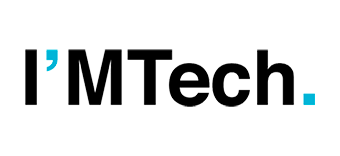Environmental data: data science takes on the challenge
From July 3 to July 7, a series of conferences was held on data science and the environment. The event, organized by IMT Atlantique, builds bridges between two communities between whom there has been little collaboration in Europe so far. Environmental data could benefit from new processing methods that could help to explain what, until […]

